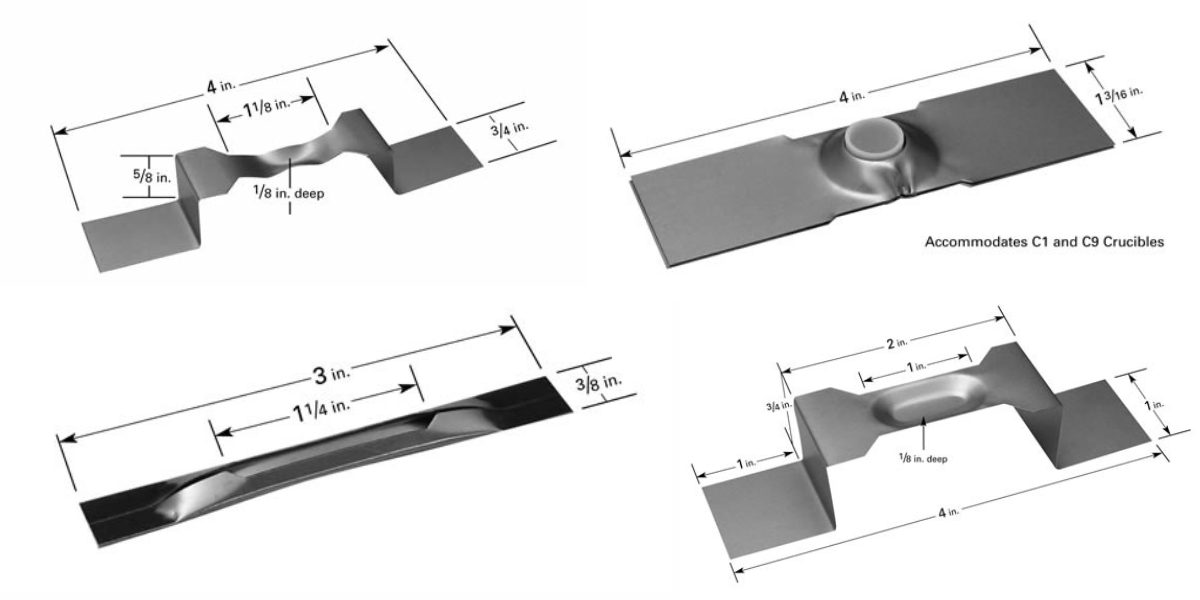What is Thermal Evaporation?
Vacuum deposition is a process used in manufacturing and research to deposit thin films of material onto a substrate. One method of vacuum deposition is thermal evaporation, which involves heating a material in a vacuum chamber until it vaporizes and then condenses onto a substrate.
The Process
The thermal evaporation process begins with a vacuum chamber, which is typically made of stainless steel and contains a crucible or boat made of a refractory material, such as tungsten or molybdenum. The material to be deposited, which is also known as the evaporant, is placed inside the crucible or boat.
The chamber is then evacuated to a high vacuum to remove any residual gases that may interfere with the deposition process. The level of vacuum required depends on the material being deposited, but it typically ranges from 10^-5 to 10^-7 Torr.

Once the vacuum is established, the evaporant is heated using a resistive heater or an electron beam gun. As the evaporant heats up, it begins to vaporize and create a cloud of atoms or molecules that travel in a straight line towards the substrate.
The substrate is typically placed on a holder or stage that can be rotated or moved to ensure even deposition across its surface. The substrate may also be heated to promote adhesion between the deposited material and the substrate.
As the vapor cloud reaches the substrate, it condenses and forms a thin film of the evaporant material on the substrate. The thickness of the film can be controlled by adjusting the temperature of the evaporant, the rate of deposition, and the distance between the evaporant and the substrate.
Applications and Benefits
Thermal evaporation is a versatile and widely used method of vacuum deposition that can deposit a wide range of materials, including metals, semiconductors, and organic compounds. It is commonly used in the production of electronic and optical devices, such as solar cells, OLED displays, and microelectromechanical systems (MEMS).
See examples of some common materials for thin film applications here.
A Resource for Your Thermal Evaporation Needs
The R. D. Mathis Company is the leader in Thermal Evaporation Sources and has a wide selection of products in the catalog as well as custom fabrication to meet your specific needs.
Visit our website for more information.



